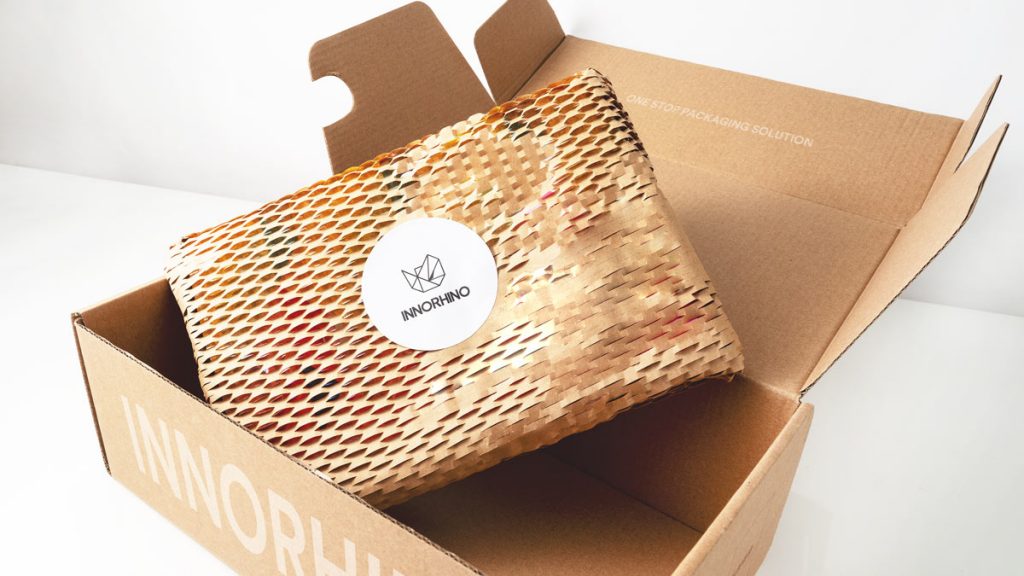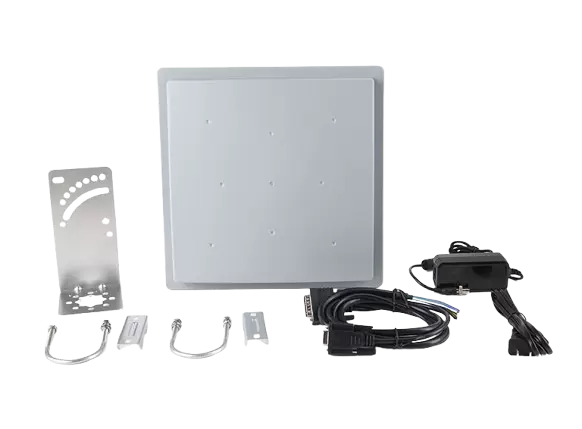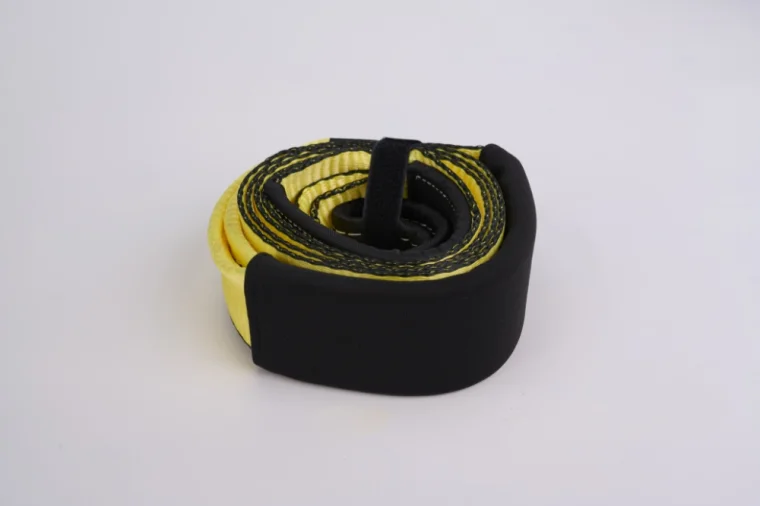Decoding Biodegradable Bags: How to Determine their Environmental Impact

In today's environmentally conscious world, the demand for sustainable products is on the rise. One such product that has gained popularity is biodegradable bags. These bags are marketed as an eco-friendly alternative to traditional plastic bags. However, how can we be sure if a bag is truly biodegradable? In this article, we will delve into the key factors to consider when determining the biodegradability of a bag and how to make an informed choice.
- Understanding Biodegradability:
Biodegradability refers to the ability of a material to break down naturally and return to the environment. In the case of bags, it means that they can decompose into natural elements, such as water, carbon dioxide, and biomass, through the action of microorganisms. To assess the biodegradability of a bag, several aspects need to be considered. - Certification and Standards:
When evaluating the biodegradability of a bag, look for certifications and standards that validate the claims made by the manufacturer. One such widely recognized certification is the "ASTM D6400" standard, which ensures that the bag meets specific criteria for biodegradability and compostability. Additionally, certifications like "OK Compost" and "Seedling" provide further assurance of a bag's environmental credentials. - Material Composition:
The material composition of a bag plays a crucial role in its biodegradability. Bags made from natural materials like plant-based polymers, such as PLA (polylactic acid), are more likely to be biodegradable. These materials are derived from renewable resources and can break down more easily compared to traditional plastics. However, it's important to note that not all bags labeled as "biodegradable" are made from such materials, so careful scrutiny is necessary. - Timeframe for Biodegradation:
The timeframe for biodegradation varies depending on the bag's composition and environmental conditions. Some bags may take months, while others may require years to fully decompose. It's essential to consider the bag's intended use and disposal method. For instance, if a bag is designed for single-use purposes, it should ideally biodegrade within a reasonable timeframe to minimize environmental impact. - Proper Disposal:
Even if a bag is biodegradable, it still requires proper disposal to facilitate the biodegradation process. Improper disposal, such as throwing the bag in regular trash, can hinder its ability to break down efficiently. Look for bags that are certified as compostable and dispose of them in designated composting facilities. This ensures that the bag is exposed to the right conditions, such as heat, moisture, and microorganisms, for effective biodegradation.
Conclusion:
Determining the biodegradability of a bag requires careful consideration of various factors, including certifications, material composition, timeframe for biodegradation, and proper disposal methods. By understanding these aspects, consumers can make informed choices and contribute to a more sustainable future. So, the next time you come across a bag claiming to be biodegradable, remember to dig deeper and evaluate its environmental impact based on these key factors.






